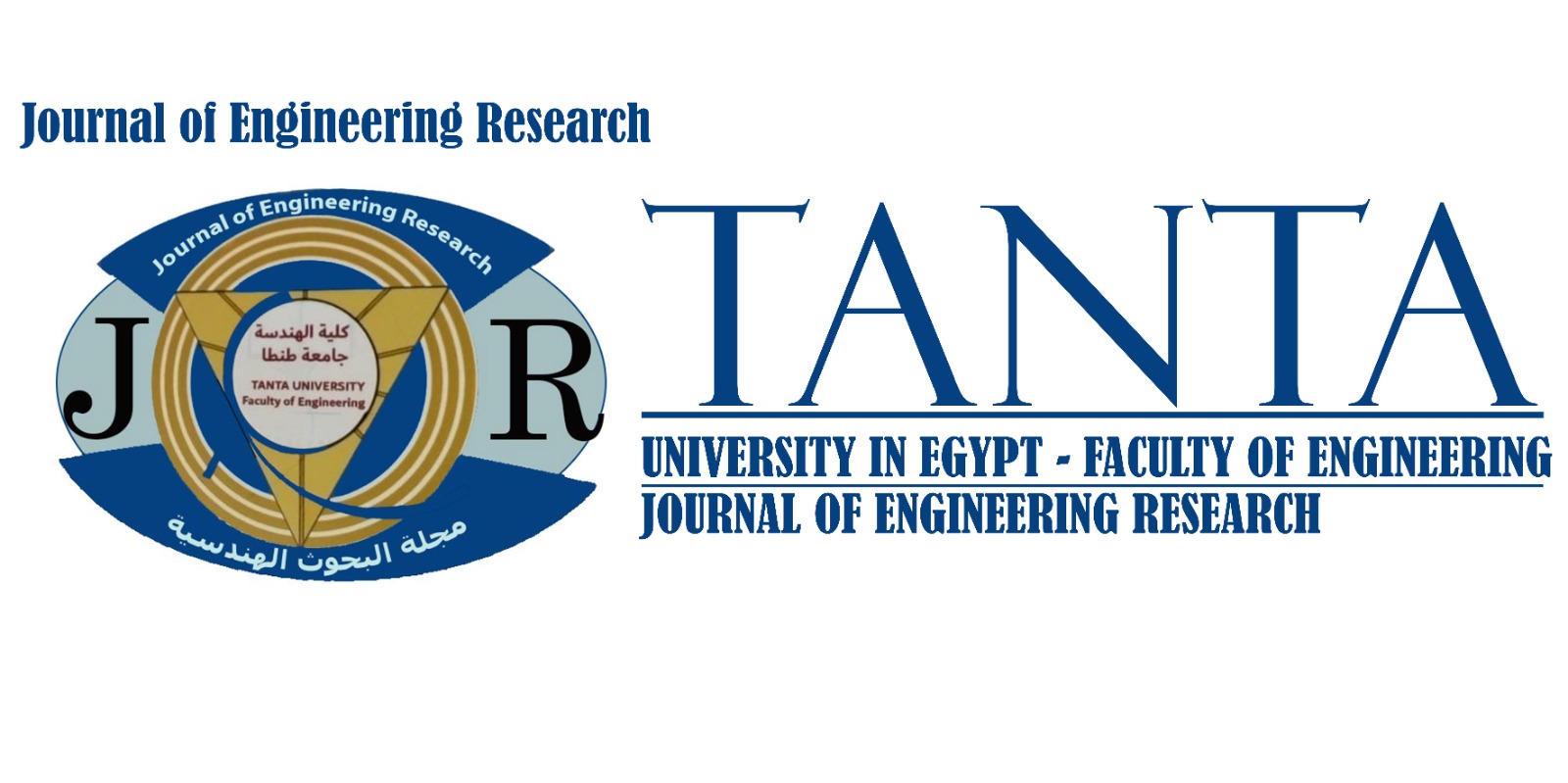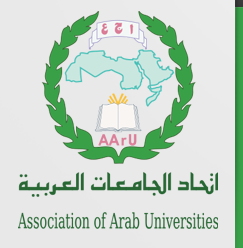Journal of Engineering Research

DOI
10.70259/engJER.2024.861881
Abstract
Abrasive water jet machining (AWJM) presents a viable substitute to traditional machining methods for cutting straight kerfs in Ti-6Al-4V/CFRP/Al7075 composite stacks. This study investigated the influences of various process settings, namely the hydraulic pressure (P), traverse speed (V), and stand-off distance (SOD) on kerf characteristics, including the kerf geometry (Wk), taper angle (θK), roughness (Ra), and the material removal (MRR). The metal plates, including Ti-6Al-4V and Al7075, exhibited a positive taper angle, whereas the CFRP composite plate revealed a negative taper angle across all the cutting conditions. Additionally, the Ra of the Al7075 kerf wall ranged from 5.341 to 7.892 µm, which is greater than those of the Ti-6Al-4V and CFRP plates under identical cutting parameters. Based on the near optimal combination estimated using Taguchi analysis, it is predicted that the kerf quality characteristics of the stack configuration can be enhanced as follows: a 50.27% reduction in the θK of the CFRP layer, and improvements in Ra by 14.19% for the Ti-6Al-4V layer and 7.04% for the Al7075 layer. However, the analysis indicated a little improvement in the MRR of Ti-6Al-4V layer by 0.51%.
Recommended Citation
Eisa, Abeer; Elshinawi, Abdulaziz; and Fattouh, Mohamed
(2024)
"Effects of Processing Parameters on Kerf Cutting Quality Following Abrasive Waterjet Slotting of Ti-6Al-4V/CFRP/Al7075 Stacks,"
Journal of Engineering Research: Vol. 8:
Iss.
6, Article 25.
DOI: 10.70259/engJER.2024.861881
Available at:
https://digitalcommons.aaru.edu.jo/erjeng/vol8/iss6/25

